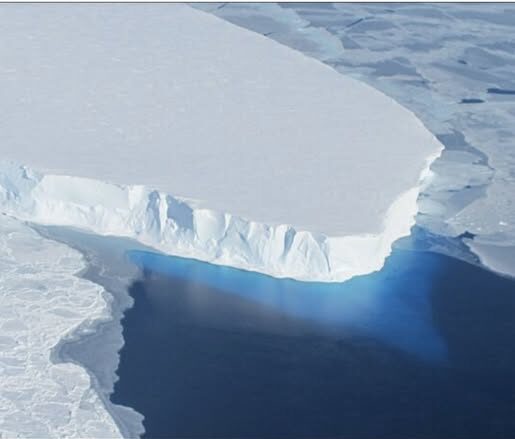Three of the world’s most famous cities could face devastating flooding if Antarctica’s massive Thwaites Glacier — often called the “Doomsday Glacier” — collapses. New research suggests this scenario may be more likely than previously believed.
For years, scientists have linked climate change to rising sea levels, warmer global temperatures, and more extreme weather patterns. But the Thwaites Glacier, located in West Antarctica, is drawing special concern because of its sheer size and potential impact.
Thwaites holds enough ice to raise global sea levels by more than two feet. If it were to collapse completely, experts say it could destabilize the surrounding Antarctic ice sheet, triggering a dramatic sea-level rise of up to 10 feet. Such an increase would put major cities like London, New York, and Bangkok at risk of severe flooding, threatening millions of residents and key global economies.
Since 2018, the International Thwaites Glacier Collaboration (ITGC) has been monitoring the glacier’s stability. Their latest findings are troubling. Researchers discovered vast “hidden lakes” beneath the glacier, which appear to be accelerating ice loss at a much faster rate than expected.
In March 2025, a study led by Professor Noel Gourmelen confirmed that water draining from these subglacial lakes is directly contributing to Thwaites’ instability. “We expected that water draining from the underside of the ice sheet plays a role in modulating ocean melting,” Gourmelen explained. “The magnitude of this drainage gave us the chance to finally observe and measure its true impact.”
Continue reading on next page…

